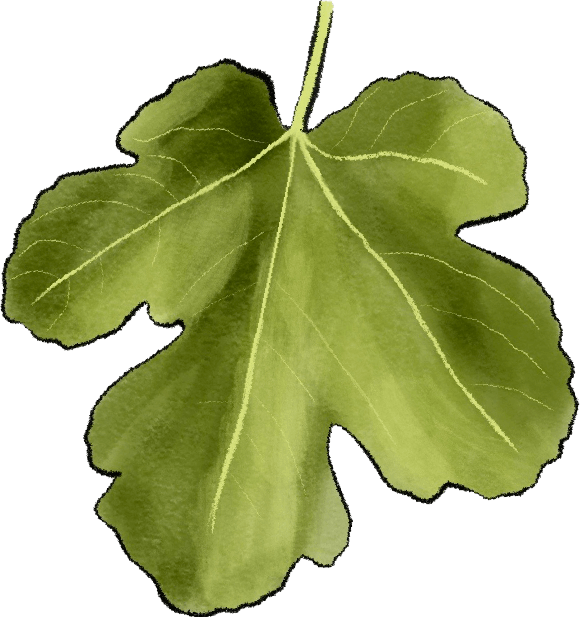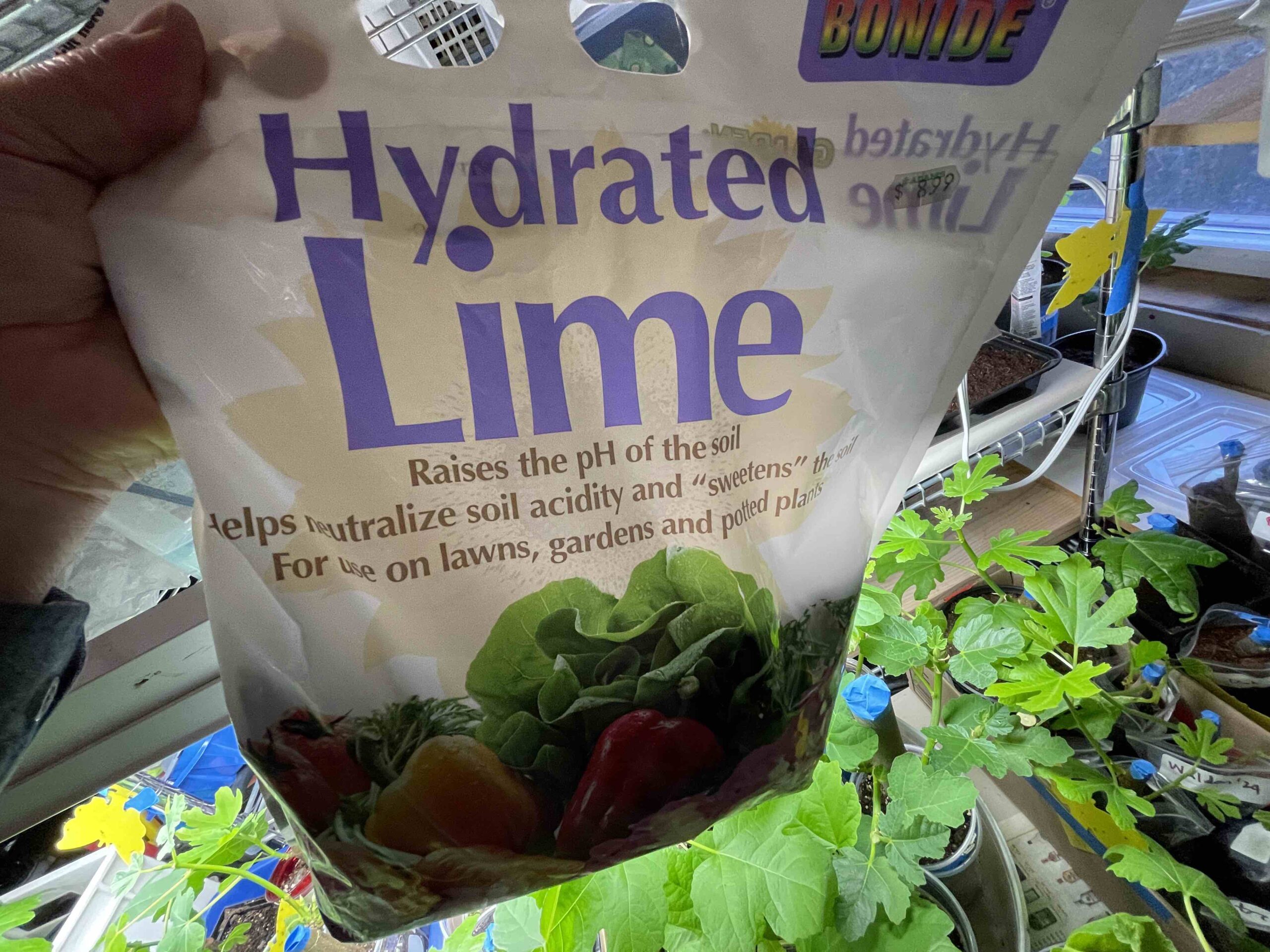Whitewashing fig trees, typically by applying a diluted white paint or a natural lime-based solution to the trunk and lower branches, provides several benefits:
Prevents Sunscald – The white coating reflects sunlight, reducing the risk of sunburn on the tree’s bark, which can cause cracks, tissue damage, and increased susceptibility to pests and diseases.
Regulates Temperature – It helps moderate temperature fluctuations, especially in winter, by preventing sudden warming during the day and rapid cooling at night, which can lead to bark splitting.
Deters Pests – Some pests, such as borers and ants, are less likely to inhabit or climb a whitewashed trunk. The coating can also deter fungal growth and insects that lay eggs in the bark.
Prevents Cracking and Peeling – In hot climates, fig tree bark can dry out and crack. Whitewashing helps retain moisture and reduces stress on the tree.
Protects Young Trees – Newly planted fig trees have delicate bark that benefits from the extra protection against environmental stressors.
Discourages Disease Growth – The alkaline properties of lime-based whitewash can help inhibit fungal and bacterial growth on the bark.
Whitewashing is especially useful in regions with intense sunlight or fluctuating winter temperatures.
The photos in the gallery below showcase a beautifully maintained apple orchard I came across along NY State Route 211, nestled between the charming village of Montgomery and the bustling city of Middletown. Every single tree in the orchard has been meticulously whitewashed, creating a striking and uniform appearance. Once the weather improves, I plan to visit the orchard and take a closer look at this fascinating practice.



At some point, I noticed that ants had an undeniable fascination with fig trees, eagerly scaling their trunks to feast on the sweet, sticky honey excreted by the fruit. Determined to put a stop to their relentless invasion, I knew I had to take action.
So, in the summer of 2024, I purchased a bag of hydrated lime and carefully crafted a thick, paint-like solution. With a brush in hand, I coated the trunks of several fig trees, hoping this natural deterrent would keep the ants at bay. To my delight, it worked! The ants no longer swarmed my trees, allowing the figs to thrive without their persistent interference.
This year, however, I plan to observe more closely—especially to see if rain gradually washes away the protective coating and how long I should wait, if at all, before reapplying it. Rest assured, I will document my findings and share them here, ensuring that fellow fig enthusiasts can benefit from this simple yet effective solution.

If you’ve ever traveled to Greece, you’ve undoubtedly noticed the enchanting sea of white that blankets nearly everything—from charming village houses and winding stone pathways to church domes and even tree trunks. While this tradition is rooted in practicality, primarily for maintaining cleanliness, it also serves a more artistic and cultural purpose.
The crisp, whitewashed surfaces not only reflect the brilliant Mediterranean sun, keeping interiors cool during the scorching summer months, but they also create an atmosphere of purity, serenity, and timeless beauty. This dazzling contrast against the deep blue sky and turquoise waters makes every corner of Greece feel like a scene from a postcard, inviting travelers to wander through its picturesque streets and soak in its undeniable charm.

If you’d like to reach out to me privately, please use the contact form on this site.
Stay tuned, keep on rootin’ and happy growing!


Leave a Reply